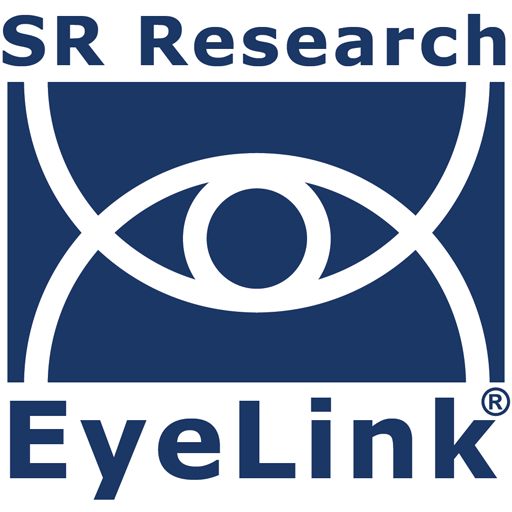Case Study: The Role of Eye-Tracking Technology in Educational Research

In the field of educational research, understanding the cognitive processes that underpin effective learning strategies is paramount. The study, “Cognitive prerequisites for generative learning: Why some learning strategies are more effective than others,” by Breitwieser and Brod (2021) provides a compelling illustration of how eye-tracking technology can offer invaluable insights into these intricate cognitive mechanisms.
The Role of Eye-Tracking Technology in Educational Research
Eye-tracking technology, specifically pupillometry, was a cornerstone of Breitwieser and Brod’s methodology. Pupil size changes are an objective measure of surprise and reflect the release of noradrenaline, a neurotransmitter associated with task-related arousal and optimized performance. The researchers used an SR Research EyeLink 1000 eye tracker to monitor pupil size changes during the results phase of the numerical facts learning task.
The precise measurements obtained through eye-tracking allowed the researchers to:
- Objectively Quantify Surprise: By analyzing the average change in pupil diameter after participants saw the correct number, the study could objectively determine if generating predictions elicited a greater surprise response compared to generating examples. This was crucial for testing their hypothesis that prediction-induced surprise promotes learning.
- Investigate Age-Invariance of Surprise: The pupillary data revealed that generating a prediction elicited a surprise response in both children and adults, suggesting that surprise as a mechanism is age-invariant. This finding, supported by precise physiological measurements, extended previous research.
- Link Physiological Responses to Learning Outcomes: The study further demonstrated that in children, a larger pupillary surprise response in the prediction condition correlated with a greater memory boost. This direct link between a physiological marker (pupil dilation) and behavioral learning performance underscores the power of eye-tracking in revealing mediating mechanisms.
The detailed preprocessing steps for the pupil data, including fitting local regressions, interpolating missing values, and smoothing time series data, highlight the rigor required to extract meaningful insights from eye-tracking measurements. The normalization of pupil data by subtracting the diameter at each time point from the average baseline diameter ensured that the measured signal change was unconfounded by non-specific effects like arousal or fatigue.
Implications of Eye-Tracking Technology for Educational Research
The integration of eye-tracking technology in this study provides several key implications for educational research:
Tailoring Learning Strategies: By identifying the specific cognitive prerequisites, such as surprise or analogical reasoning, linked to the effectiveness of different GLSs, eye-tracking data can inform the development of more personalized and age-appropriate learning interventions. For instance, knowing that surprise is a key mediator for predictions, educators can design activities that leverage this mechanism.
Unveiling Hidden Cognitive Processes: Eye-tracking allows researchers to move beyond self-reported data or performance outcomes alone, providing a window into the real-time cognitive processes occurring during learning. This deepens the understanding of “why” certain strategies are effective for different learners.
By providing precise, objective measures of cognitive states like surprise, eye-tracking allowed the researchers to uncover critical insights into the differential effectiveness of generative learning strategies across age groups. As educational research continues to advance, the sophisticated application of technologies like eye-tracking will undoubtedly play an increasingly vital role in understanding the complexities of human learning and informing evidence-based pedagogical practices.
For information regarding how eye tracking can help your research, check out our solutions and product pages or contact us. We are happy to help!
